PC Industry Born
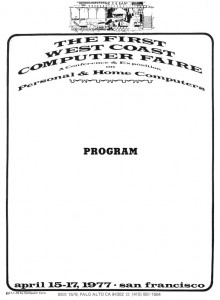
The first annual West Coast Computer Faire is held over three days in San Francisco, California, attended by 12,750 people. The Faire features the debut of the Apple II computer, which features 16KB of memory, BASIC, a built-in keyboard, eight expansion slots, and built-in high-resolution color graphics. Many credit this event and the launch of the Apple II as giving birth to the personal computer industry.
GE Founded
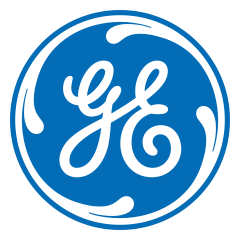
The General Electric Company (GE) is founded. It was formed by the merger of Edison General Electric (started by Thomas Edison in 1890) and the Thomson-Houston Electric Company. GE was one of the original 12 companies listed on the Dow Jones Industrial Average and in 2010 was ranked by Forbes as the world’s second largest company.
Columbia Lands
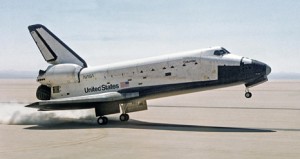
The first test flight of the first operational space shuttle, the Columbia, ends successfully as the orbiter lands at Edwards Air Force Base in California.
The Titanic Could Have Been Worse
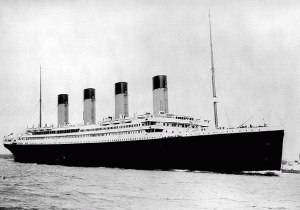
The RMS Titanic strikes an iceberg four days into its maiden voyage. Over 1,500 passengers drown when the ship sinks early the next morning. The Marconi wireless equipment on board is used to call for help, effectively saving 700 people. It was stated that, “Those who have been saved have been saved through one man, Mr. Marconi and his wonderful invention.”
Metallica Loses Their Cool
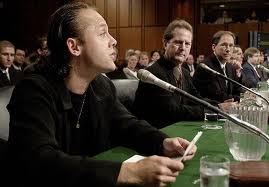
The heavy metal group Metallica sues Napster, alleging copyright infringement and racketeering. This lawsuit, later joined by Dr. Dre, as well as other lawsuits from the RIAA, eventually caused the original Napster service to shut down and file bankruptcy. However, the Pandora’s Box that Napster opened could not be closed and digital distribution changed the music industry forever.
As for Metallica, their reputation was tarnished for some time by this move. Ironically, Metallica owed much of their early popularity to the spread of unauthorized copies of their early albums. As the heavy metal genre in general and Metallica in particular did not get much airplay at that time, it was reported that Metallica quietly encouraged the free spread of their music in the early 80’s. Therefore many viewed Metallica’s action against Napster as hypocritical and greedy.
Houston, We’ve Had a Problem
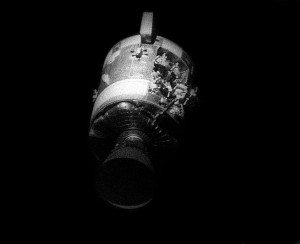
An oxygen tank aboard the Service Module of Apollo 13 explodes. Moments later, astronaut Jack Swigert announces the later-famous phrase, “Houston, we’ve had a problem here.” The explosion cripples the spacecrafts, resulting in a near-complete loss of electricity and oxygen. The oxygen leak will force the crew to abandon the command module for the lunar module as a makeshift “lifeboat” becoming stranded for four days, more than two hundred thousand miles from Earth, while NASA plans the most spectacular rescue mission in U.S. space history. Against all odds, the three astronauts will return safely back to Earth.
First Space Shuttle Launch
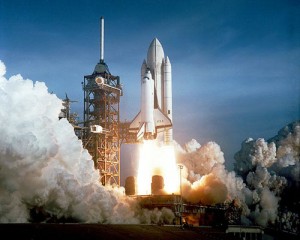
NASA launches the first Space Shuttle mission, STS-1, sending the Columbia on its maiden voyage. This mission intended to prove the feasibility of the Space Shuttles in specific, and reusable spacecraft in general. Originally set to launch on April 10th, problems delayed the launch by two days, which caused the launch to occur exactly 20 years after Yuri Gagarin became the first man to fly into space.
Who in the World is Ronald Wayne?
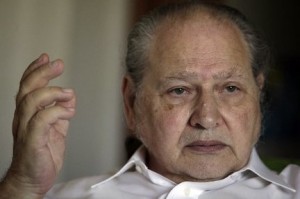
Ronald Wayne, one of the three co-founders of Apple Computer, leaves the company just eleven days after it was established, selling his ten percent share for $800. In his short time with the company, Wayne illustrated the first Apple logo, wrote the company’s partnership agreement, and wrote the manual for the Apple I. He choose to leave the company because the partnership agreement imposed unlimited personal liability on all three co-founders, regardless of which partner incurred the debt. Unlike Jobs and Wozniak, 21 and 25, Wayne had personal assets that potential creditors could seize. The failure of a slot machine company he had started five years earlier also contributed to his decision to exit the partnership. Wayne would later say that, “Either I was going to be bankrupt or the richest man in the cemetery.” By 1982, a ten percent share of Apple Computer was worth US$1.5 billion. And in 2010 it was worth $22 billion. They say hindsight is 20/20 … or perhaps $22 billion?
First Man in Space
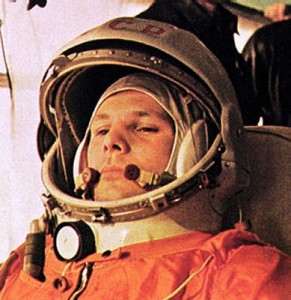
Yuri Gagarin, age 27, becomes the first man to orbit the Earth aboard the Soviet spacecraft, Vostok 1. He remains in space for an hour and forty-eight minutes before re-entering the atmosphere. This ultimately was Gagarin’s only space flight. He died on March 27, 1968 when the MiG-15 he was piloting crashed near Moscow. Reportedly, at the time of his death, Yuri Gagarin was in training for a second space mission.
Sculley Forces Out Jobs
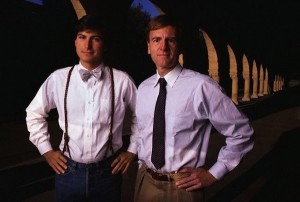
Almost exactly 2 years after joining Apple, John Sculley, asks Steve Jobs to step down as head of the Macintosh division at an Apple Computer board meeting. With the backing of the company’s other executives, Jobs is stripped of nearly all responsibilities at Apple. While Jobs retains the title of Chairman, he has no authority and eventually leaves Apple.
